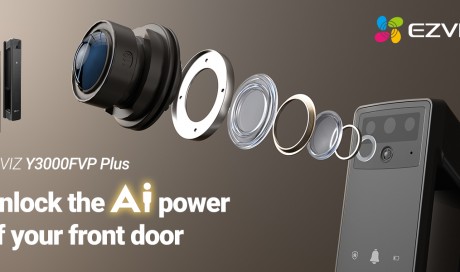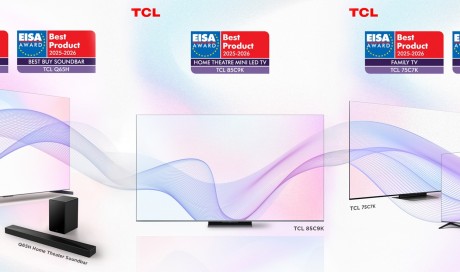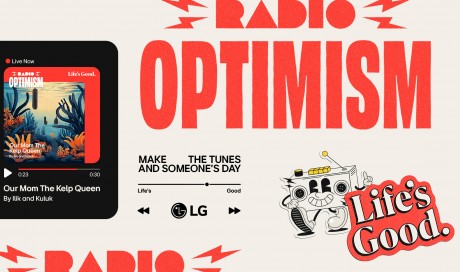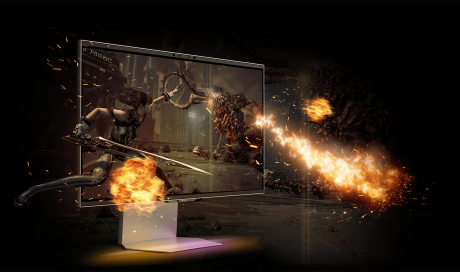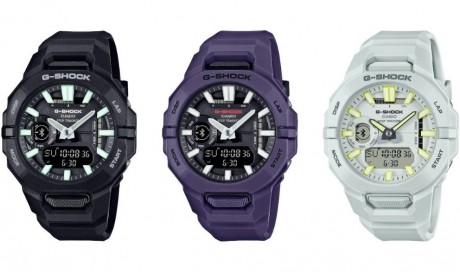Performance and battery life
We can keep this part relatively short: Thanks to Apple's new hexa-core A11 Bionic chipset (side note: how silly is this name?), the iPhone 8 and 8 Plus run very smoothly. Fine, that's generally the case for most iPhones at launch. What's more impressive is how the architecture of this new chipset helps ramp up performance when it's really needed. If you're coming from an iPhone 7 or 7 Plus, don't expect to see any differences when you're just swiping through home screens or launching apps; there really aren't any.
That's by design, though. There are certain situations, like the one I've described, where the 8 and 8 Plus simply cruise along on some combination of its four "efficiency" cores. When things get more intense, like when playing games or during some furious multi-tasking, the A11's two "performance" cores start to light up. At any given time, the 8 and 8 Plus are likely running a combination of performance and efficiency cores, and the result is essentially seamless speed all around. As usual, though, the 8 Plus seems better equipped to handle high-intensity tasks, because it packs 3GB of RAM, as compared with the 8's 2GB.
All that extra horsepower really comes in handy when you're trying to augment reality. I got to test two non-final AR apps -- Ikea Place and the Machines game demoed at the launch event -- and both ran almost surprisingly well. I've been curious about how well Apple's ARKit apps would run, compared with software designed for Google's Tango and all its additional hardware. At this very early stage, I'm quite impressed. The 8 and 8 Plus seemed to do just as well (if not a little better) at rendering virtual objects onto physical planes, and those objects tended to "stick" to surfaces better than similar simulacra in Tango apps. Granted, two unfinished apps can't accurately foretell the future of Apple's AR endeavors, but they're enough to make me more than cautiously excited.
I was more concerned about battery life, especially since some internet sleuthing suggests the 8 and 8 Plus use smaller batteries than their immediate predecessors. Apple declined to confirm this, but it doesn't really matter: As advertised, I squeezed just about the same amount of life out of these phones as I did with last year's 7 and 7 Plus. In our usual video stress test, where the phones loop an HD movie at 50 percent brightness, the 8 managed to stick around for 12 hours and two minutes -- that's just minutes shy of what the 7 did last year. Meanwhile, the 8 Plus hung in there for 14 hours and 26 minutes, which is actually a little more than what the 7 Plus was capable of. In day-to-day use, I could count on the 8 to last through a full workday and have a little juice left over the next morning. The 8 Plus's larger battery helped it stick around even longer; in general, I could get nearly a day and a half of use if I was careful, and it could potentially come close to two days when things are quiet.
Unfortunately, the 8 and 8 Plus don't come with Apple's high-speed chargers, but I'm glad the company finally jumped on the Qi wireless charging bandwagon. Oh, and in case you were wondering, you can indeed wirelessly charge these iPhones while they're wearing cases. The 8 and 8 Plus don't seem to charge any slower while inside the cases Apple gave us, and they should -- should -- work with any Qi-compatible charging pad you'll find out there.
...[ Continue to next page ]
Share This Post

